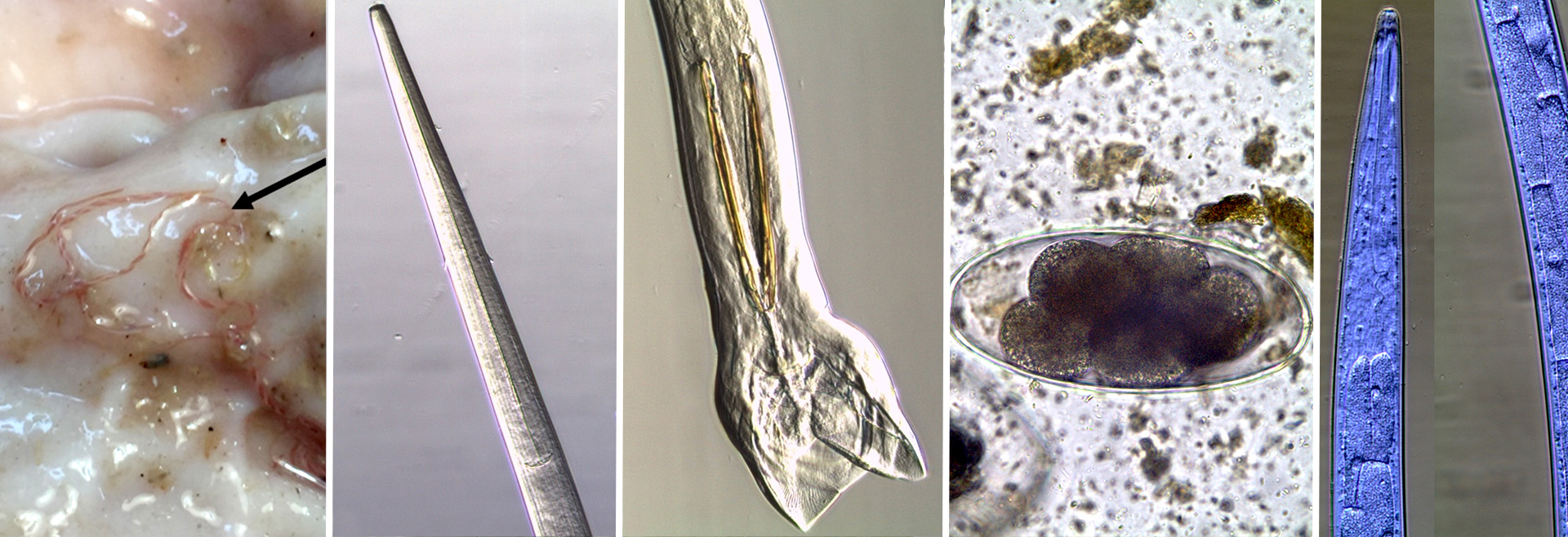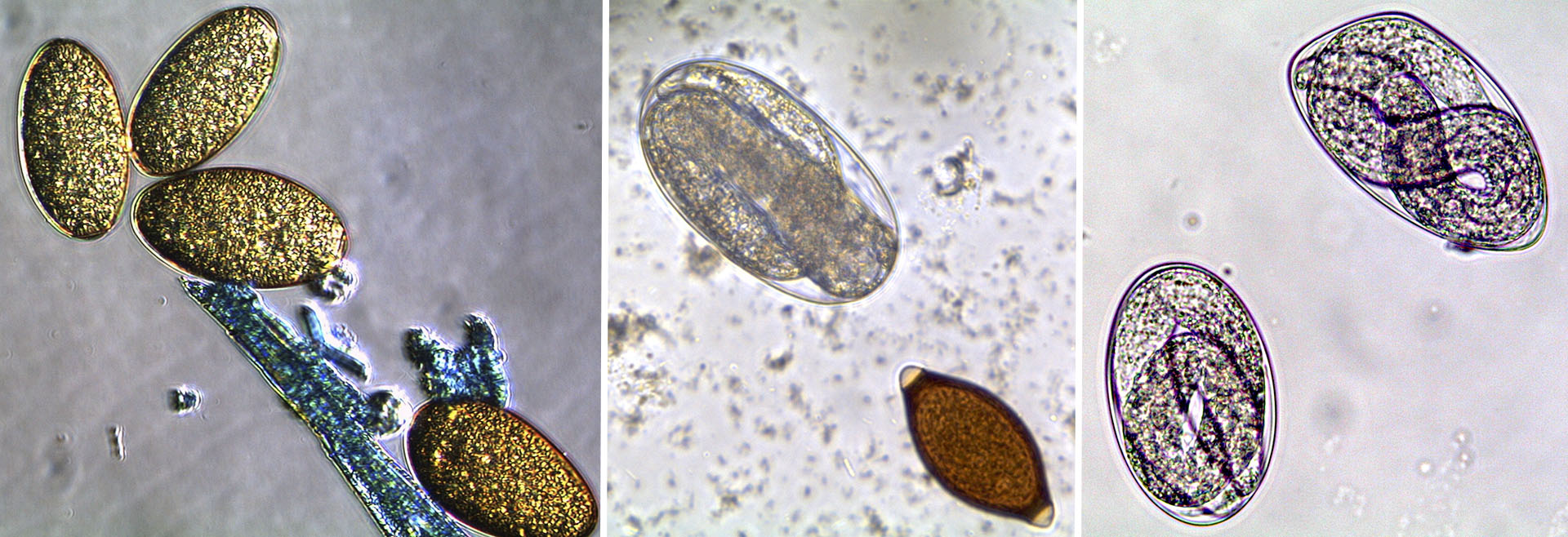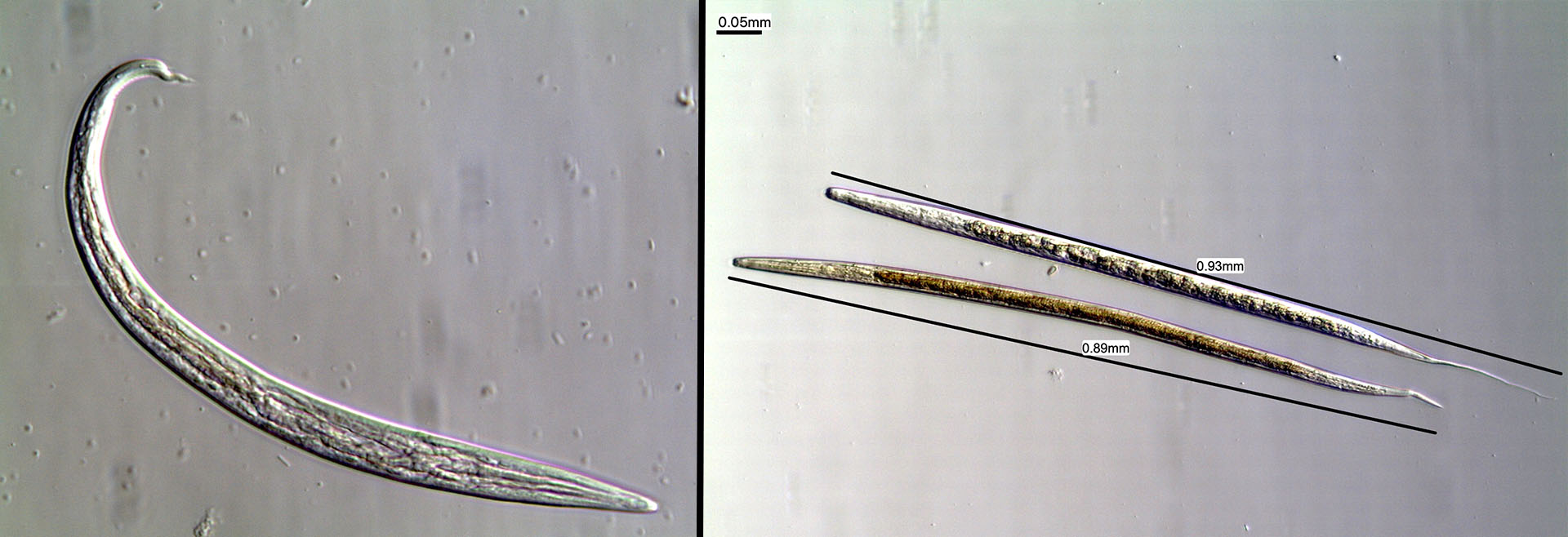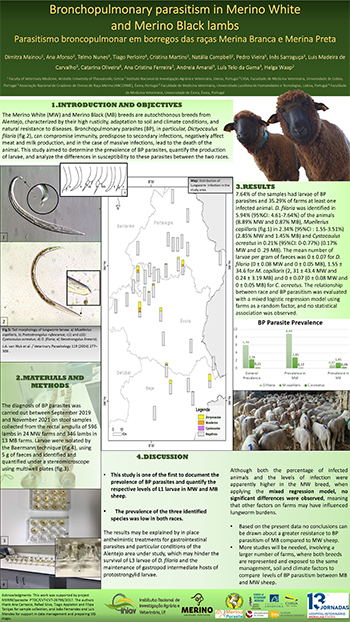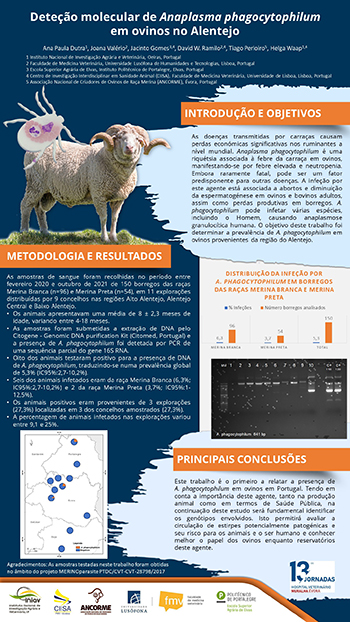Members of the MERINO PARASITE project team participated in the 13th Journeys of the Muralha de Évora Veterinary Hospital that took place in Évora on March 11, 2022.
Poster:
Bronchopulmonary parasitism in Merina Branca and Merina Preta lambs
Dimitra Mainou1, Ana Afonso2, Telmo Nunes3, Tiago Perloiro4, Cristina Martins2, Natália Campbell2, Pedro Vieira5, Inês Sarraguça3, Luis Madeira de Carvalho3, Catarina Oliveira6, Ana Cristina Ferreira2, Andreia Amaral3, Luís Telo da Gama3, Helga Waap2
1 Faculty of Veterinary Medicine, Aristotle University of Thessaloniki, Grécia
2 Instituto Nacional de Investigação Agrária e Veterinária, Oeiras, Portugal
3 CIISA, Faculdade de Medicina Veterinária, Universidade de Lisboa, Portugal
4 Associação Nacional de Criadores de Ovinos de Raça Merina (ANCORME), Évora, Portugal
5 Faculdade de Medicina Veterinária, Universidade Lusófona de Humanidades e Tecnologias, Lisboa, Portugal
6 Faculdade de Medicina Veterinária, Universidade de Évora, Évora, Portugal
E-mail of the presenting author: This email address is being protected from spambots. You need JavaScript enabled to view it.
INTRODUCTION AND OBJECTIVES
The Merina Branca (MB) and Merina Preta (MP) breeds are autochthonous breeds from Alentejo, characterized by their high rusticity, adaptation to soil and climate conditions and natural resistance to diseases. Bronchopulmonary parasites (BP) are caused by several species of nematodes, in particular Dictyocaulus filaria, which can compromise immunity, predispose to secondary infections, negatively affect meat and milk production, and in the case of massive infections, lead to the death of the animal. animal. This study aimed to determine the prevalence of BP parasites, quantify the production of larvae, and analyze the differences in susceptibility to these parasites between the two races.
Poster:
Molecular detection of Anaplasma phagocytophilum in sheep in Alentejo.
Ana Paula Dutra1, Joana Valério2, Jacinto Gomes3,4, David W. Ramilo2,4, Tiago Perloiro5, Helga Waap1,4
1 Instituto Nacional de Investigação Agrária e Veterinária, Oeiras, Portugal
2 Faculdade de Medicina Veterinária, Universidade Lusófona de Humanidades e Tecnologias, Lisboa, Portugal
3 Escola Superior Agrária de Elvas, Instituto Politécnico de Portalegre, Elvas, Portugal
4 Centro de Investigação Interdisciplinar em Sanidade Animal (CIISA), Faculdade de Medicina Veterinária, Universidade de Lisboa, Lisboa, Portugal
5 Associação Nacional de Criadores de Ovinos de Raça Merina (ANCORME), Évora, Portugal
INTRODUCTION AND OBJECTIVES
Tick-borne diseases cause significant economic losses in ruminants worldwide. Anaplasma phagocytophilum is a rickettsia associated with tick fever in sheep, manifesting as high fever and neutropenia. Although rarely fatal, it can be a predisposing factor for other diseases. Infection with this agent is associated with abortions and decreased spermatogenesis in sheep and adult cattle, as well as production losses in lambs. A. phagocytophilum can infect several species, including humans, causing human granulocytic anaplasmosis. The objective of this work was to determine the prevalence of A. phagocytophilum in sheep from the Alentejo region.















